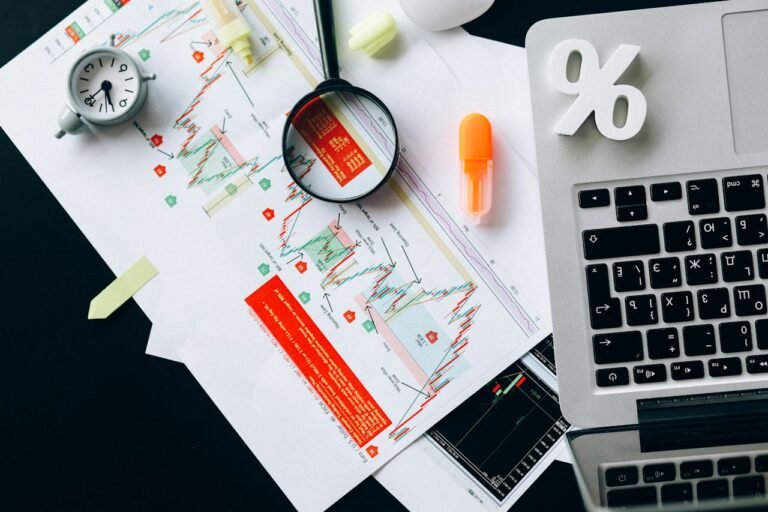
Backtesting is a critical process in the development of trading strategies. It involves testing a strategy on historical market data to evaluate its effectiveness before applying it in live markets. This step is essential for both beginner and experienced traders to minimize risks and improve their chances of success.
What Is Backtesting?
Backtesting is the process of applying a trading strategy to historical data to simulate how it would have performed in the past. By analyzing these results, traders can determine whether the strategy has potential for profitability and identify areas for improvement. Learn more about trading techniques on our blog.
Why Backtesting Matters
1. Evaluating Strategy Performance
Backtesting allows traders to assess the performance of their strategies under different market conditions. It helps identify whether the strategy generates consistent profits or needs refinement.
2. Risk Management
By analyzing historical results, traders can estimate the risk involved in their strategy and adjust parameters such as stop-loss levels or position sizes to minimize potential losses.
3. Building Confidence
When a strategy performs well during backtesting, it provides traders with confidence to execute it in live markets without hesitation.
4. Identifying Weaknesses
Backtesting helps pinpoint weaknesses or inefficiencies in a strategy, enabling traders to make adjustments and improve its effectiveness.
5. Saving Time and Resources
Testing strategies in a simulated environment saves time and resources compared to trial-and-error in live markets, where real money is at stake.
How to Conduct Effective Backtesting
Follow these steps to perform backtesting effectively:
- Choose Reliable Data: Use accurate and comprehensive historical data that aligns with your trading instrument and timeframe.
- Define Clear Rules: Ensure your strategy has clear entry, exit, and risk management rules for consistent application.
- Utilize Backtesting Tools: Use trading platforms or software that offer reliable backtesting features, such as MetaTrader or TradingView.
- Analyze Results: Evaluate metrics such as profit/loss ratio, drawdowns, and win rates to understand your strategy’s performance.
- Optimize Parameters: Adjust your strategy’s parameters based on backtesting results to enhance its efficiency.
Limitations of Backtesting
While backtesting is invaluable, it has some limitations:
- Historical data may not accurately predict future market behavior.
- Over-optimization can lead to strategies that perform well in backtesting but fail in live trading.
- Market conditions and external factors can change, rendering past results irrelevant.
Conclusion
Backtesting is a crucial step in developing and refining trading strategies. It provides valuable insights into a strategy’s potential performance, helping traders minimize risks and maximize profitability. However, it is important to approach backtesting with realistic expectations and combine it with forward testing to validate results. To dive deeper into trading strategies, visit our website or explore our extensive blog.